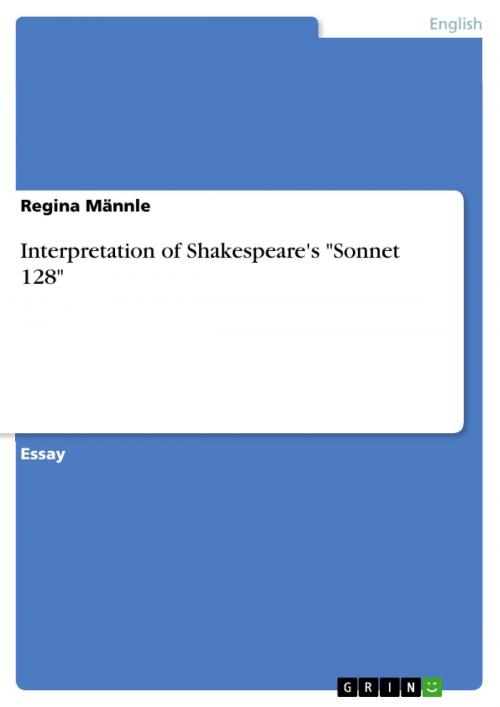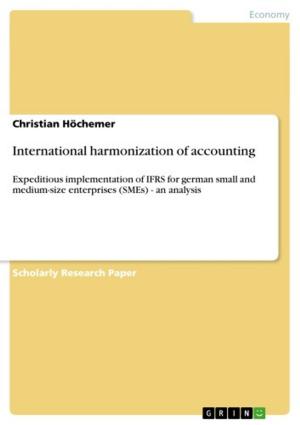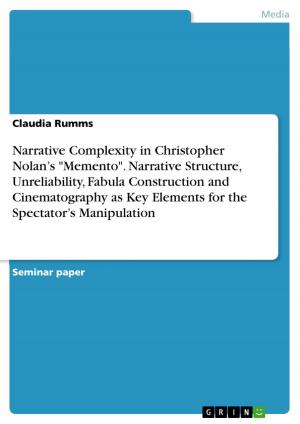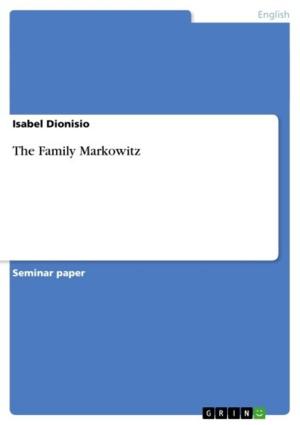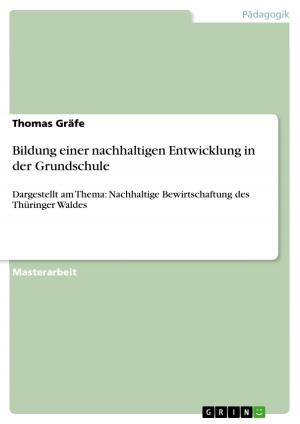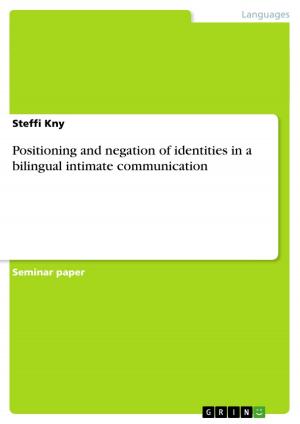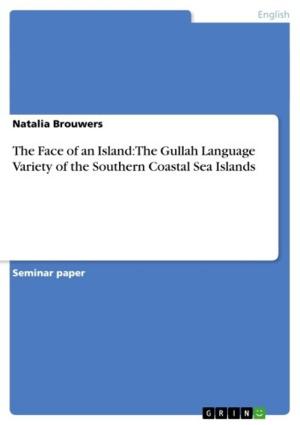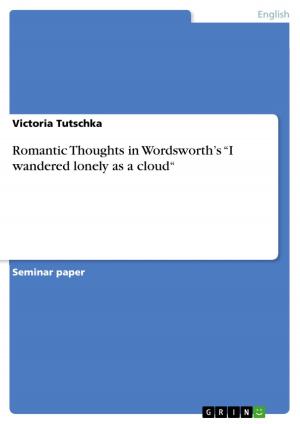Interpretation of Shakespeare's 'Sonnet 128'
Fiction & Literature, Literary Theory & Criticism, British| Author: | Regina Männle | ISBN: | 9783640406500 |
| Publisher: | GRIN Publishing | Publication: | August 21, 2009 |
| Imprint: | GRIN Publishing | Language: | English |
| Author: | Regina Männle |
| ISBN: | 9783640406500 |
| Publisher: | GRIN Publishing |
| Publication: | August 21, 2009 |
| Imprint: | GRIN Publishing |
| Language: | English |
Essay from the year 2005 in the subject English Language and Literature Studies - Literature, grade: 1,0, University of Freiburg (Englisches Seminar), course: Introduction to Literary Studies, language: English, abstract: Being so much in love that one envies everyone who gets in contact with the beloved person is probably something that all of us have experienced themselves. But in 'Sonnet 128' Shakespeare presents a speaker of the poem who admires his mistress so deeply that he is even jealous of the objects that are close to her. Although this poem deals with very strong feelings its external form does not reflect the highly confused state of emotion of the speaker. The poem follows strictly the form of the English sonnet with its three quatrains (consisting of alternate rhymes) and one concluding rhyming couplet that summarises the thoughts of the speaker. The rhymes are absolutely regular, too and the masculine end rhymes are without exception perfect rhymes. With just few exceptions (which will be examined in the next paragraphs) the iambic pentameter is also regular and evokes an atmosphere of harmony and calmness.
Essay from the year 2005 in the subject English Language and Literature Studies - Literature, grade: 1,0, University of Freiburg (Englisches Seminar), course: Introduction to Literary Studies, language: English, abstract: Being so much in love that one envies everyone who gets in contact with the beloved person is probably something that all of us have experienced themselves. But in 'Sonnet 128' Shakespeare presents a speaker of the poem who admires his mistress so deeply that he is even jealous of the objects that are close to her. Although this poem deals with very strong feelings its external form does not reflect the highly confused state of emotion of the speaker. The poem follows strictly the form of the English sonnet with its three quatrains (consisting of alternate rhymes) and one concluding rhyming couplet that summarises the thoughts of the speaker. The rhymes are absolutely regular, too and the masculine end rhymes are without exception perfect rhymes. With just few exceptions (which will be examined in the next paragraphs) the iambic pentameter is also regular and evokes an atmosphere of harmony and calmness.
